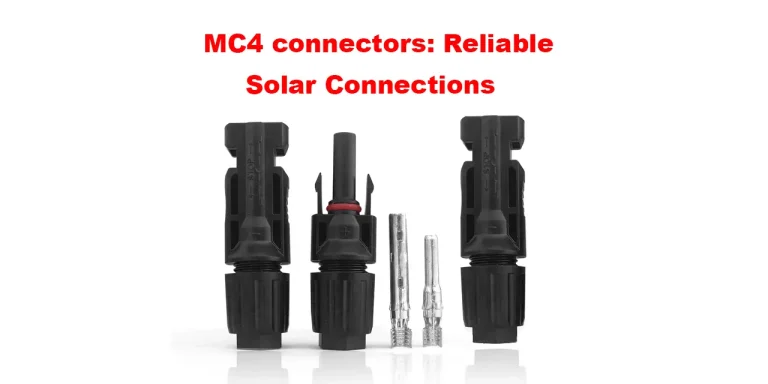DC cable Price In Pakistan
A system for transmitting electrical power must have cables. They offer a way to transfer electrical energy between locations. The type of cable selected has a significant impact on the power transmission system’s dependability and efficiency. Direct currents, or DC cables, are used to transfer electrical energy. These cables are constructed similarly to AC cables, with insulating layers covering copper or aluminum conductors to prevent damage and electrical leakage. DC cable Price In Pakistan is different due to its quailty and its capacity.
The main distinction between AC and DC cables is the means of electrical energy transmission. Direct current is the best option for small-scale applications like solar panels, batteries, and electric cars since it loses less power over shorter distances.
| Diameter | brand | Price per coil |
|---|---|---|
| 2mm white copper dc cable | new age | 15999 |
| 2mm white copper dc cable | local | 10999 |
| 2mm copper dc cable | cocal | 9999 |
| 2 mm copper dc cable | fast | 14999 |
What is DC cable?
DC cables are also frequently utilized for power and signal transmission in data centers and telecom networks. Since the DC power transmission and distribution system normally uses two wires—positive and negative—the DC cable is a single-core cable. Even while carrying a high current, the DC wire’s conductors have no proximity effect or skin effect.
Hence, a complicated split conductor arrangement is not necessary. Since the armor layer is not impacted by conductor current, it is not required to be considered. Additionally, the insulation of the DCwire can be the same as that of the gas-filled, self-contained, solid extruded polymer, oil-impregnated paper, and oil-filled cables.
Key distinctions between AC and DC Cables
1. DC transmission systems require DC cables. Industrial electrical systems operate at 50 Hz and use AC cables.
2. The conductor’s loss of DC resistance accounts for the majority of the DC cable’s power loss. There is hardly much insulation lost. The low-voltage AC cable’s AC resistance is marginally higher than its DC resistance. There is a noticeable difference when it comes to high-voltage wires.
3. In DC systems, it is simple to modify the current and the direction of power transmission. While using AC cables, it is not simple.
4. The cost of using the DC wire line is significantly less than that of the AC cable, even if the converter equipment is more expensive than the transformer.
5. DC wires are made up of just two poles: positive and negative.
For AC wires, three-phase, four- or five-wire systems are needed.
6. Its construction is complex, your isolation safety requirements are stringent, and the cable costs more than three times as much as a DC cable.
7. DC cable is safe to use.
Can a Single Cable Be Used for Both DC and AC Circuits?
In addition to lowering the DC circuit’s insulation resistance, using a shared wire increases the risk of a short circuit or mutual interference between the two.
Conversions between AC and DC.
DC and AC Insulation Requirements: The Same Voltage Cables
The DC cable’s electric field is significantly smaller than the AC cable’s when both AC and DC electric fields of the same voltage are applied to the insulator. Compared to DC, the AC electric field is around 2.4 times stronger. The two electric fields’ structures are very different from one another. The strongest electric field is focused close to the conductors when an AC wire is activated. The surface layer of the insulation experiences a concentrated maximum electric field when the DC wires receive voltage, making it a safer layer.





